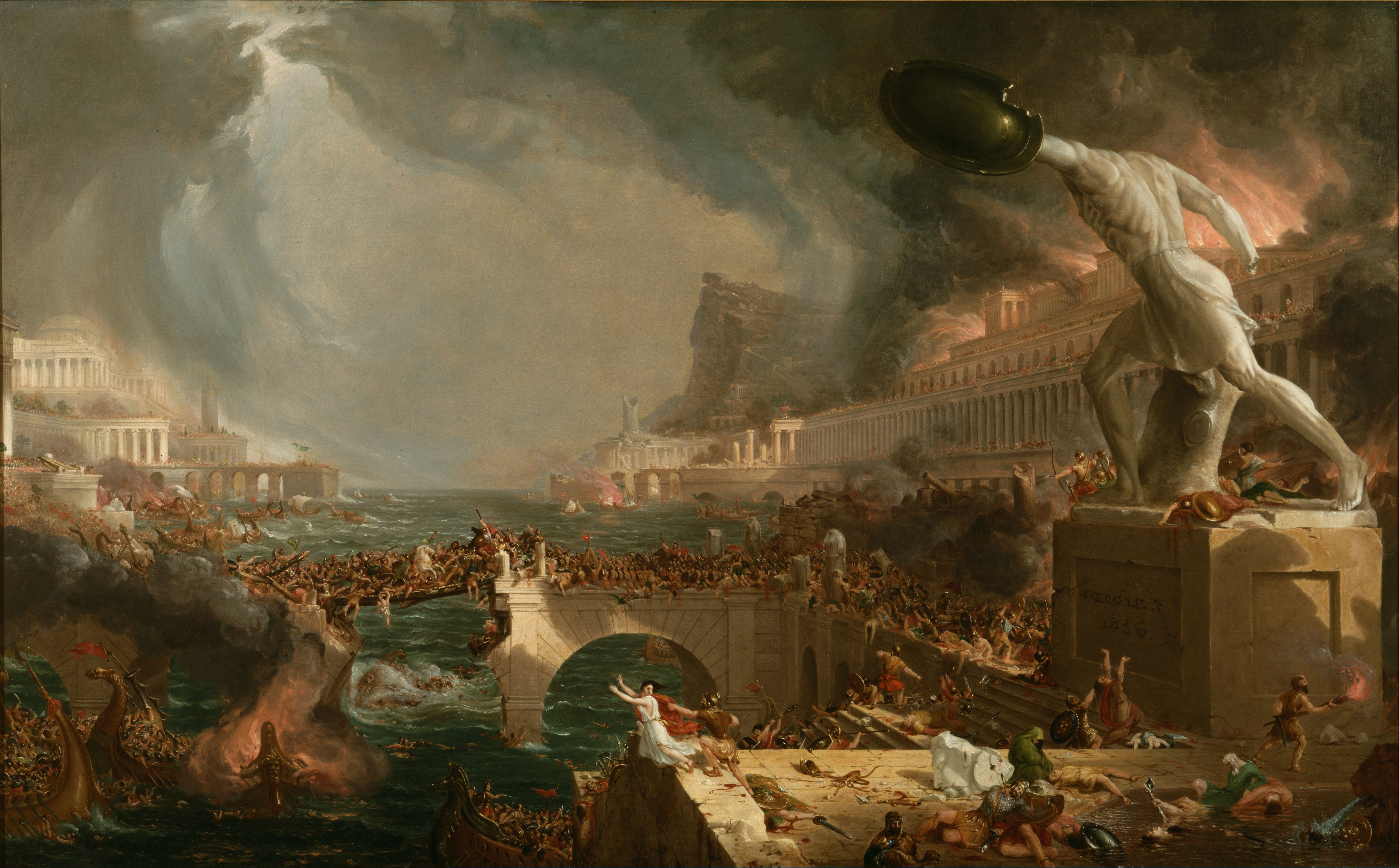Ad Te Levavi – A Hint of Violet in Summer Green
Wherever the ferial Mass was said today, you may have noticed that the Offertory text, from the 10th Sunday of Pentecost just passed, was Ad te levavi.
This text is best known as the Introit and Offertory of the First Sunday of Advent; thus the very first text of the liturgical year, It also sees use in the Offertory of Wednesday in the second week of Lent.

Here in the middle of the lush, green Post-Pentecost season we are, quite deliberately it seems, transported back thematically to those more austere violet seasons earlier in the year. It would be well to think about why that is.
Advent, we recall, begins cataclysmically with the end of the world, and its Ad te levavi is rather more urgent than just a benign prayer of union. “To thee have I lifted up my soul: in Thee, O my God, I put my trust” is not just a nice sentiment, it is a plaintive cry to God amidst profound turmoil. Perhaps, in context, it even has overtones of the final offering up of a soul in the face of imminent death.
We seem to be in a similarly dire liturgical context today. A week and a half ago, at the Gospel of the 9th Sunday after Pentecost, we saw Christ weeping over Jerusalem, foretelling its destruction and the razing of the temple, of which would not be left “a stone upon a stone.” The historical record tells us that this came to pass all too soon, at the hands of the Roman legions in the Jewish War.
 As Dom Gueranger notes, today’s ferial Gospel of the Parable of the Pharisee and the Publican is symbolically connected to that historical event; Bede and other commentators have seen these two figures as respective symbols of the Synagogue and the Church.
As Dom Gueranger notes, today’s ferial Gospel of the Parable of the Pharisee and the Publican is symbolically connected to that historical event; Bede and other commentators have seen these two figures as respective symbols of the Synagogue and the Church.
More obvious, from a modern Catholic’s standpoint, is how Jerusalem’s destruction in the Ninth Sunday echoes the world’s imminent destruction in the last Sundays of the year.
The closer we get to the latter, it will be increasingly too late to substantially reform ourselves. The just and the wicked alike will only have time to cry for mercy over and over, as the sacred liturgy does with its incessant repetition of the De Profundis in those last Sundays of the year.
A week later, the first Mass of Advent manages to squeeze in a few last cries for mercy, a few last pleas and petitions right through to the Epistle.
But then the Gospel hits with terrifying force. The Lucan passage has no exhortations to virtue, no pleas to reform one’s life–all that time has now passed. Christ’s solemn words to us this day are simply about what cataclysmic signs to expect at the end.

Seeing the Ad te levavi in the Offertory of the 10th Sunday may well cause us to think of all these sobering things. Then, when we raise our heads from our missals we find ourselves, gratefully, back amidst the sunshine and summer greenery.
If we are tempted, however, to rest in Pharisaic self-satisfaction at being among the chosen who recognized the day of our Savior’s coming, Gueranger sounds a solemn warning for us:
But while adoring the justice of God’s vengeance and giving praise to his mercy, the Gentiles must take care not to go into the path wherein was lost the unhappy people, whose place they now occupy. Israel’s offense, says St. Paul, has brought about the salvation of the Gentiles; but his pride would be also their ruin; and whereas Israel is assured, by prophecy, of a return to God’s favor when the end of the world shall be approaching—there is no such promise of a second call of mercy to the Gentiles, should they ever apostatize after their baptism.
That last sentence is a chilling thought for our future, given the state of modern Christendom. But the final hour has not yet come.
Rather, in both the Northern Hemisphere and the Church’s liturgy, the summer is just starting a slow wind-down. As long as there is green there is hope to re-orient ourselves toward God. And the traditional Roman liturgy will never stop exhorting us to do so–right to the bitter end. As Gueranger explains:
Each Epistle and Gospel, especially; and then, each Introit and Collect, each Gradual and Offertory, each Secret, Communion and Postcommunion, each of these will be a precious and exquisitely varied instruction. We shall see all this in the Epistle of this tenth Sunday. …. We have much to learn from the tone our holy Mother the Church puts in the Liturgy of these remaining seventeen Pentecostal Sundays. In the admirable teachings she is now going to give to her children, there is no logical arrangement or sequel. She is as intent as ever on leading souls to holiness and perfection; yet it is not by following a method of any sort, but by her applying to us the united power of the divine Sacrifice and the word of the Scripture, to which she sweetly adds her own.
By putting in the effort now, by humbling ourselves, allowing the fruits of Pentecost to work in us, and paying close attention to the instructions that are offered to us in the sacred liturgy these next few months, we will be able to pray honestly and truly on November 28th:
To thee, O Lord, have I lifted up my soul.
August 3, 2021








